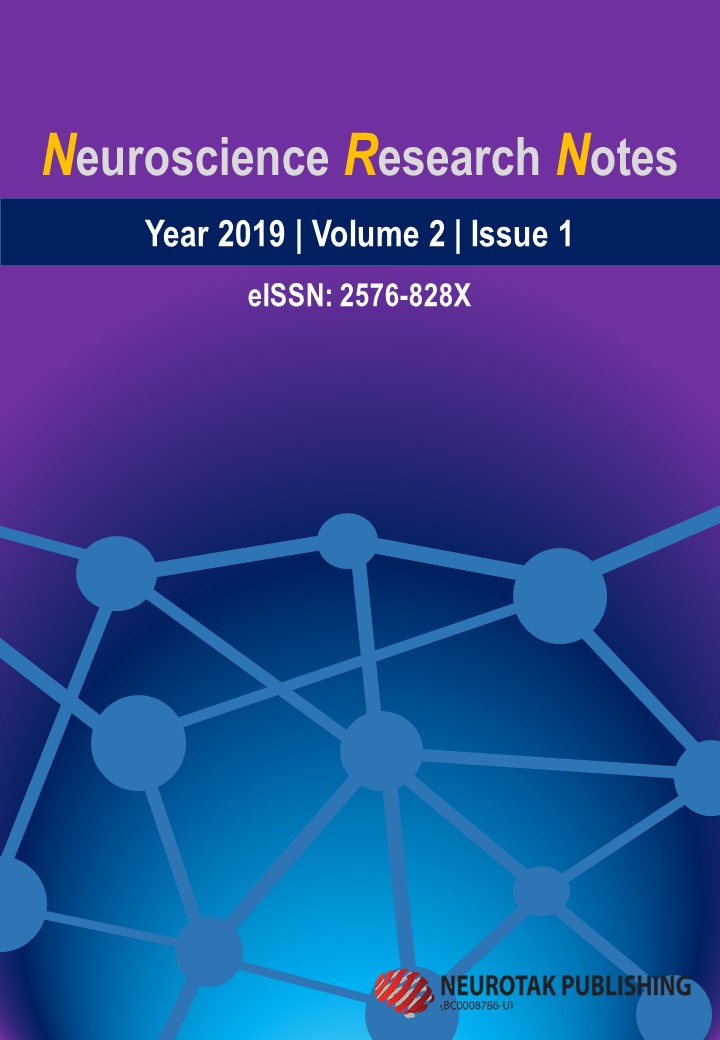Commercial wireless versus standard stationary EEG systems for personalized emotional brain-computer interfaces: a preliminary reliability check
DOI:
https://doi.org/10.31117/neuroscirn.v2i1.21Keywords:
arousal, valence, brain-computer interfaces, EEG, wirelessAbstract
We present a preliminary data-based assessment of measurement reliability of the commercial 14-electrode Emotiv EPOCTM EEG wireless system in distinguishing between electrophysiological states of emotional function, as compared to a standard research-lab stationary 32-electrode EEG system for personalized single-individual use. Individual observers completed two tasks designed to elicit neural changes in emotional arousal and valence while simultaneously recording their EEGs with both systems in separate sessions. Participants observed emotion-laden words from the ANEW database and images from the IAPS database, both widely used and validated databases for emotional processes in multidisciplinary research. The pattern of results distinguished between high and low arousal and valence states using the stationary traditional system, but not the commercial device. Also, the latter device recorded EEG band frequencies at a much lower resolution and frequency range than the standard system. These findings suggest poor validity when using the commercial device and therefore should be cautioned against in a research setting.
Additional Files
Published
How to Cite
Issue
Section
Categories
License
Copyright (c) 2019 Amedeo D'Angiulli, Derrick Matthew Buchanan, Jeremy Grant

This work is licensed under a Creative Commons Attribution-NonCommercial 4.0 International License.
The observations and associated materials published or posted by NeurosciRN are licensed by the authors for use and distribution in accord with the Creative Commons Attribution license CC BY-NC 4.0 international, which permits unrestricted use, distribution, and reproduction in any medium, provided the original author and source are credited.




